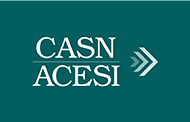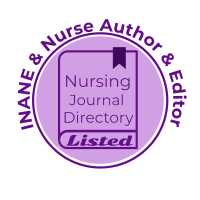Guidelines
The Co-Editors-in-Chief welcome papers that advance knowledge and understanding of all aspects related to quality in nursing education and its advancement including indicators of quality and evaluation of quality. Empirical studies, systematic reviews, and scholarly discussions of conceptual, theoretical, methodological, and philosophical issues are accepted.



